However, other universities that are training in semiconductor microchips still have to make efforts to invest in facilities and equipment to ensure output quality to meet diverse needs in each segment.
SEMICONDUCTOR INDUSTRY INPUT IN 2024 BY 2 GROUPS
Looking back at the reality of semiconductor microchip enrollment in 2024 (this is the first year that some schools officially opened majors or majors in semiconductor microchips), it can be seen that the benchmark scores are divided into 2 groups of schools.
In particular, the schools participating in the Semiconductor Industry Human Resource Development Program under Decision 1017 of the Prime Minister all have quite high benchmark scores for this group of majors, with an average of 8 points or more for each subject in the group, meeting the input requirements set by the Ministry of Education and Training. In particular, the semiconductor technology major of the University of Natural Sciences (Ho Chi Minh City National University) has an admission score of 25.1, and the microchip design major is 25.9. The microchip design major of the University of Information Technology (Ho Chi Minh City National University) takes 26.5 points. The University of Technology (Da Nang University) has a benchmark score for the microelectronics - microchip design major (belonging to the electronics and telecommunications industry) of 26.31.
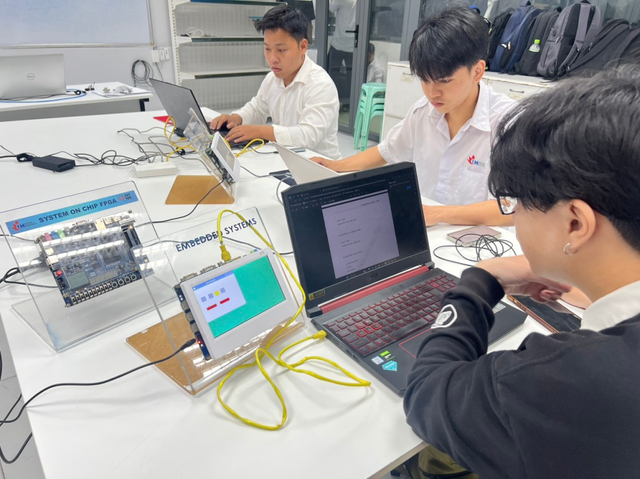
Students of Ho Chi Minh City University of Industry practice in a laboratory serving semiconductor microcircuit training
PHOTO: CN
The remaining program, the microchip design engineering program under the electronics and telecommunications engineering technology major of Ho Chi Minh City University of Technical Education, took 25.95 points; the semiconductor microchip technology major of Hanoi University of Science and Technology, 25.01 points; the semiconductor microchip design major under the computer engineering major of Can Tho University, 24.28 points; the electronics, semiconductor and microchip technology major under the electronics and telecommunications engineering major of Thai Nguyen University of Industrial Technology, 24 points. The highest standard score was Ho Chi Minh City University of Industry with 26 points for the microchip engineering major under the computer engineering major.
For some non-public universities that recruit students for majors and majors in microchip and semiconductor design, the benchmark scores range from 15.05 - 21, which means about 5 - 7 points/subject.
C QUALITY BY SEGMENT
Many opinions say that if there is a training program standard, it should be applied to all schools, similar to the regulations for the medical and pharmaceutical industries, teachers, or recently the training program standard for the law field at university level.
However, with the nature of the field of study requiring expensive investment and a diverse labor market with many segments, some university leaders said there will be many problems.
Dr. Nguyen Quoc Anh, Vice Principal of Ho Chi Minh City University of Technology, said that it is necessary for schools to receive government investment in facilities to serve the strategy of developing human resources in the semiconductor industry for the country in the high segment. Accordingly, in this segment, it is necessary to select students with good input capacity, when they are awarded scholarships..., after graduating, they will be the core, elite team to research and develop the semiconductor industry, or become managers.
"At the same time, the semiconductor labor market is very diverse, still needing human resources in the lower segment, leaning towards production applications. Schools can still train for this segment without necessarily having an input standard of up to 24. Regardless of the input, schools still have to train to meet output standards suitable to the requirements of businesses in the labor market segment that the school is targeting," Dr. Quoc Anh shared.
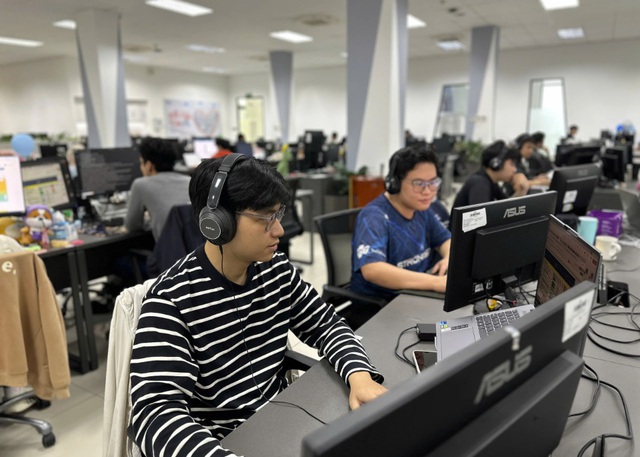
Investing in laboratories and training equipment for the semiconductor industry is very expensive and must be updated regularly.
Photo: Nguyen Loi
N MANY LAB INVESTMENT SOLUTIONS
Associate Professor, Dr. Nguyen Vu Quynh, Vice Principal of Lac Hong University, commented that the standards for semiconductor microchip training programs at undergraduate and master levels recently issued by the Ministry of Education and Training are progressive and updated with international trends, but at the same time pose many great challenges for training institutions in both enrollment and practical implementation. It is known that Lac Hong University is enrolling and training in the microchip major in the field of electrical and electronic engineering technology.
According to Mr. Quynh, the facilities and learning materials of the semiconductor industry are highly specialized, the program requires a system of specialized labs, design software, measuring equipment, and specialized libraries. These are all items that require large, synchronous investments and are difficult to implement without a strong technology foundation.
"Human resources to exploit facilities and learning materials for the microchip industry are also a big problem for schools. The rate of practical learning and real-life experience is very high, at least 25-30% of the volume, equivalent to 30-45 credits, conducted in specialized labs or real businesses. This is the most challenging content because microchip labs are expensive, requiring copyrighted software, specialized equipment, and well-trained personnel. Organizing practical internships will also be difficult because the number of microchip businesses in Vietnam is limited and unevenly distributed," Associate Professor, Dr. Quynh pointed out the problem.
Regarding the difficulty of practice and internship due to the limited number of semiconductor chip enterprises and their limited acceptance, Dr. Nguyen Trung Nhan, Head of Training Department of Ho Chi Minh City University of Industry, said that in addition to practicing at the school's lab, the school is aiming for a solution to send students to enterprises in Taiwan and Japan for internships from 3 months to a year.
Regarding facilities and laboratories for training, according to Mr. Nguyen Quoc Anh, if the state does not invest, schools must accept self-investment, but there are some equipment that cannot be equipped just by having money. "Currently, microchip design is only a major within the school's electronics and telecommunications engineering industry. In the next 2-3 years, the school also aims to develop it into a core industry. To prepare for that, the school is recruiting, sending lecturers for training, and cooperating with a number of leading universities in semiconductor microchip training and with semiconductor microchip businesses. At the same time, the school will invest in laboratories with a budget of millions of USD," Dr. Quoc Anh informed.
Binh Dinh Province to Train 7,500 Semiconductor and AI Engineers
The People's Committee of Binh Dinh province has just approved the Project on human resource development in the semiconductor industry, artificial intelligence (AI) and cybersecurity for the period 2025 - 2030.
According to the project, by 2030, Binh Dinh aims to train more than 7,500 high-quality human resources in high-tech fields, including engineers, bachelors and practical engineers. Of which, the semiconductor industry is expected to train about 2,500 people; the AI and cybersecurity fields more than 3,700 people. In the 2025 - 2027 period alone, the province will focus on training about 2,660 engineers and bachelors, and 260 practical engineers.
At the same time, Binh Dinh will also invest in building a modern semiconductor laboratory at Quy Nhon University, with a total estimated capital of about 120 billion VND, creating a solid infrastructure for training, research and technology transfer activities.
Universities and colleges in the province will open new specialized training courses in design, packaging, testing of microchips; AI and network security. In addition, the province will expand cooperation with units such as Hanoi University of Science and Technology, Ho Chi Minh City University of Technology, Ho Chi Minh City University of Science, Academy of Posts and Telecommunications Technology, etc. to standardize the teaching staff, update the training program, and invite international experts to participate in teaching and academic consulting.
Binh Dinh Provincial People's Committee has assigned Quy Nhon University to preside over and coordinate with relevant units to urgently develop a plan to implement the project in May 2025.
Hoang Trong
Source: https://thanhnien.vn/dao-tao-nganh-vi-mach-ban-dan-dap-ung-nhu-cau-thi-truong-da-dang-185250526191427781.htm


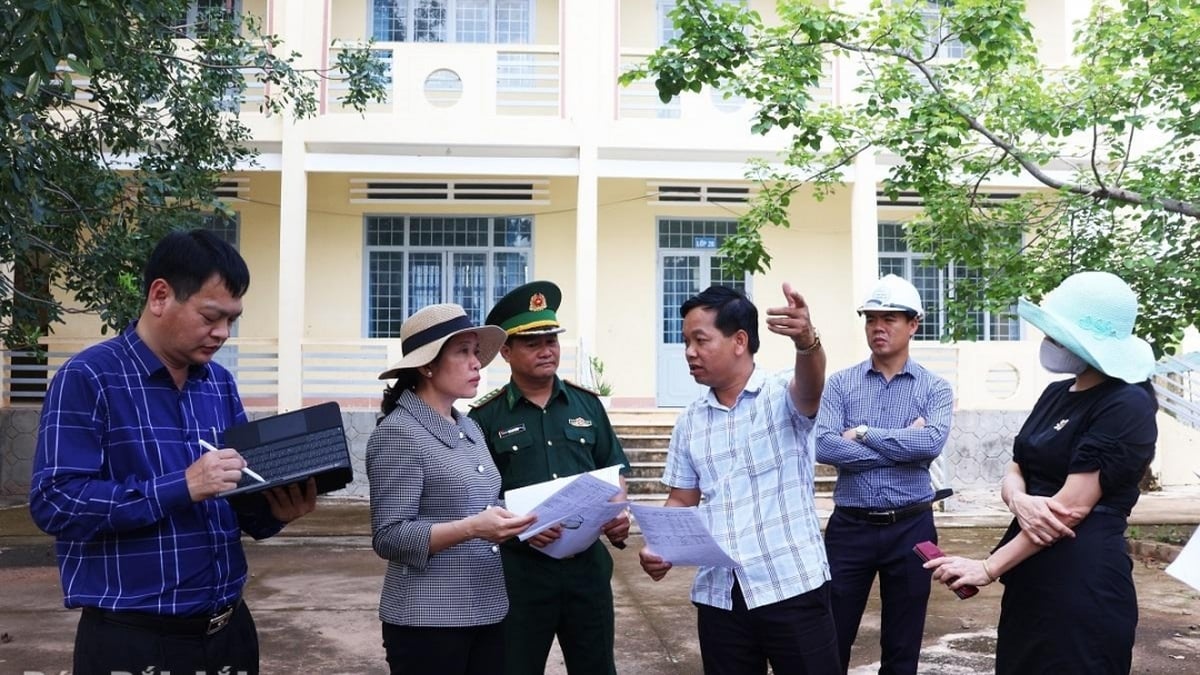


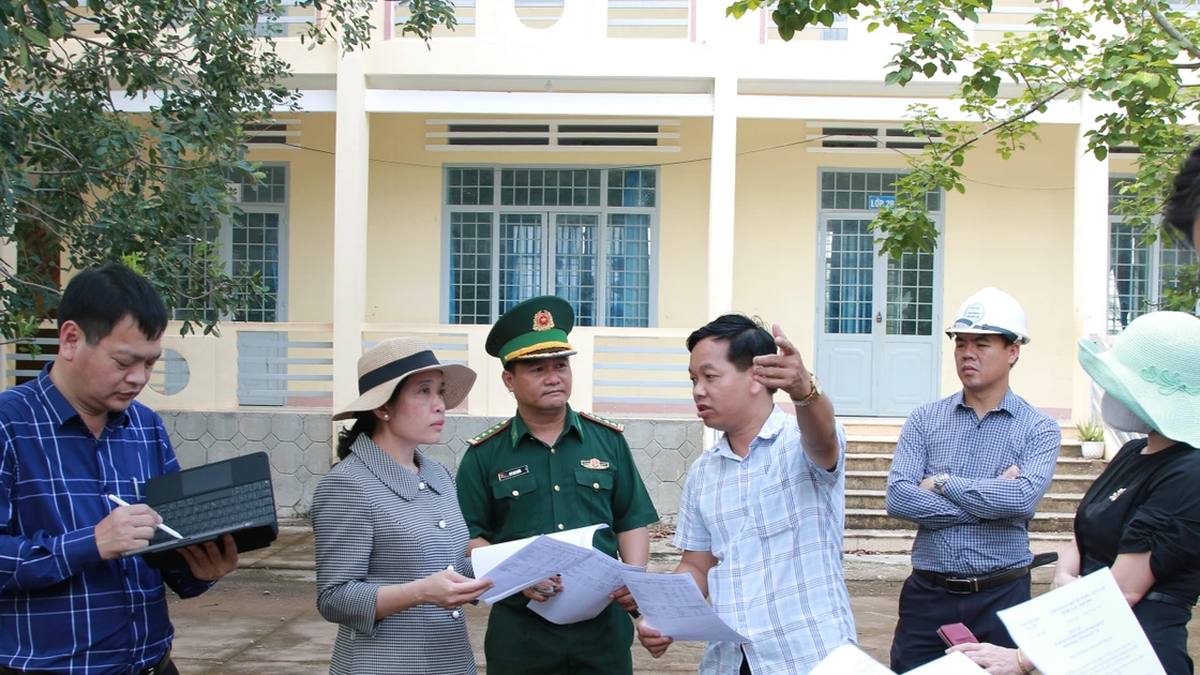




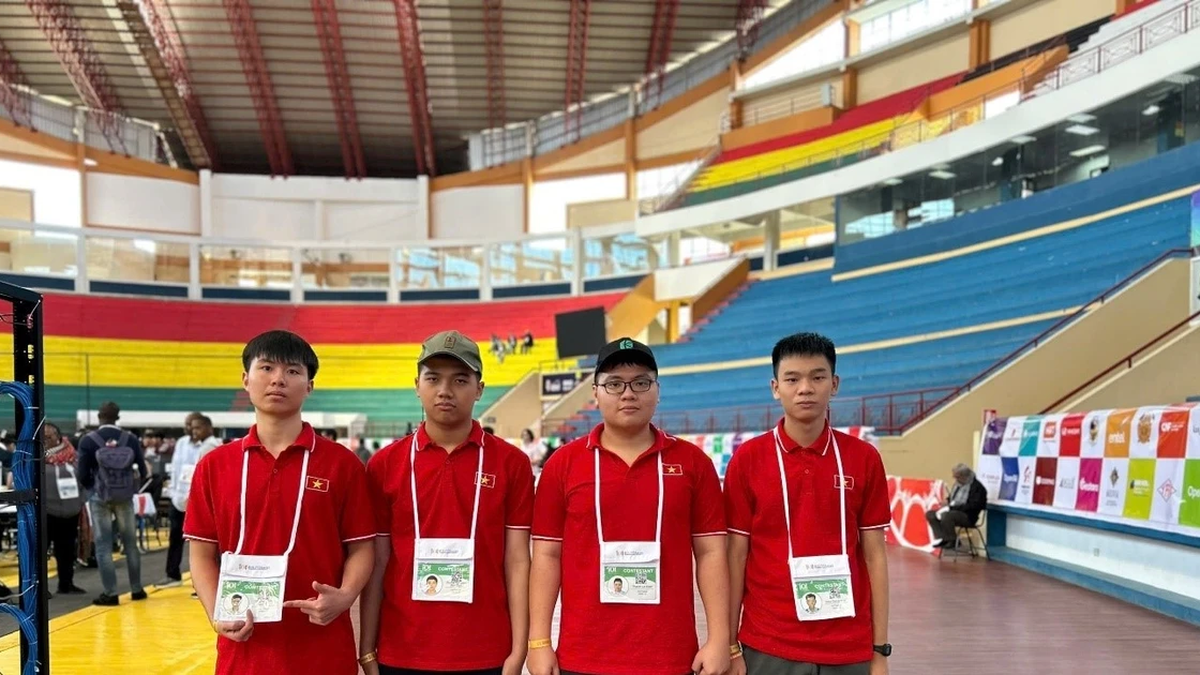























































































Comment (0)